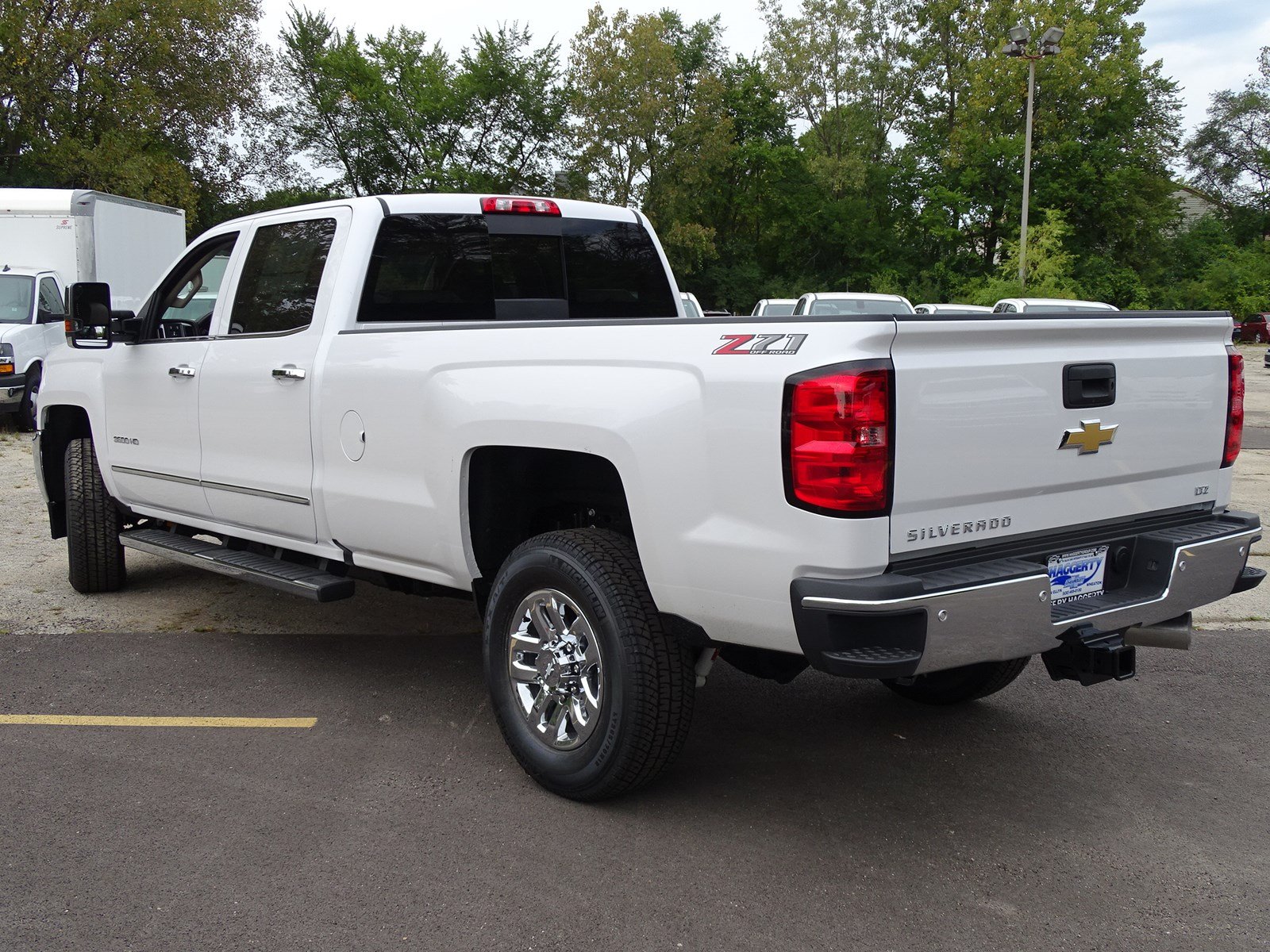
Extra care must be taken when using electrically-powered equipment in areas which may have combustible fluids, vapors, or dust, and where liquids may be present. The use of electricity carries with it some hazards depending on the environment. In steam systems, the physically steam controls the temperature, whereas in electrical heating units temperature is controlled by temperature controllers, which can fail or burn out. Electrical heating units are unsafe compared to steam heating units.Electrical heating units are expensive, require high maintenance, and must comply with strict safety regulations.This is attributed to the lack of efficiency when creating heat from electricity. Heat from electricity is two to three times more expensive than heat from fuels.The main disadvantages of using electricity as a heat utility are as follows (Towler 2012): This electricity often times is purchased from local electricity providers, but many plants generate their own electricity via sophisticated processes.Įlectricity is rarely used as a primary heat utility in large-scale chemical plants for a variety of reasons. In chemical process plants, the electricity demand is generally determined by the work or energy required for compression, pumping, air cooling, lights, and many other items.

It is generally used up to 200 hp, and sometimes over 10,000 Hp. It has many advantages: it is efficient (> 90%), reliable, available in a wide range of power, shaft speeds, designs, lifetimes, convenience, costs, and maintenance. (Seider 2009)Įlectricity is used to power many different kinds of equipment. Cogeneration unit can supply electricity accompanied with different steam pressures.

They include things such as steam for heating, electricity, cooling water, refrigeration, fuels such as natural gas, wastewater treatment, waste disposal, and landfill. For purchased utilities, costs depend on consumption, while for company-owned utilities, there will be both capital and operating costs. (Towler, Towler/UOP) Utilities often contribute 5 to 10% of the price of a product, and may come from public or private utility companies or on-site plants. In order to reach these non-ambient conditions, utilities will have to be used to raise or lower temperatures and compress gases. Many chemical processes do not take place at ambient temperature or pressures.



 0 kommentar(er)
0 kommentar(er)
